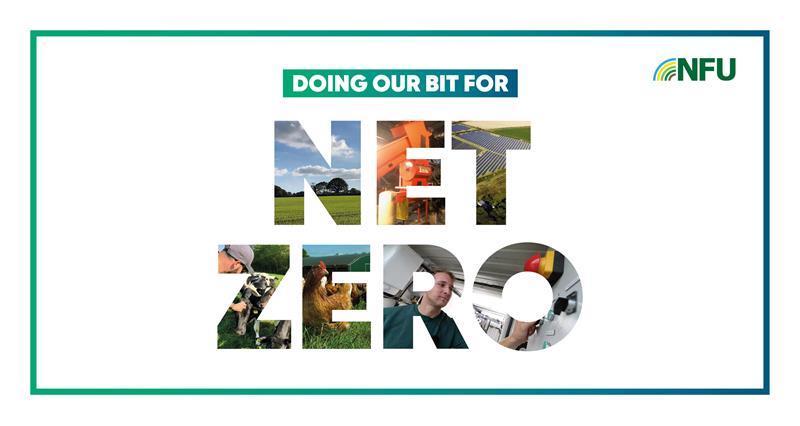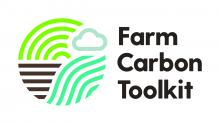Whilst contributing to 10% of the total GHG emissions, the agricultural industry sits in the unique position of controlling a significant land base that can be used to implement natural solutions to climate change, such as capturing carbon via sequestration into soils and vegetation.
What is Net Zero?
Net Zero refers to the balance between the amount of greenhouse gas (GHG) produced and the amount removed from the atmosphere. GHGs can be removed from the atmosphere through carbon sequestration which is expanded on below.
The Paris Agreement
The UK has a legal obligation to be Net Zero by 2050, as laid out by the Paris Agreement in 2015. This is in order to keep global temperature increase "well below" 2°C. Three years later, this recommended level was reduced to 1.5°C by the International Panel on Climate Change (IPCC), due to the more severe climate consequences a 2°C warming would result in. Although some might argue we are past being able to meet this target with current projections.
Carbon Sequestration
As well as reducing emissions, a carbon balance can be achieved, or even offset, through sequestration. This is the active removal of carbon from the atmosphere and permanently locking it up in either vegetation or soil organic carbon (the carbon component of soil organic matter). The agricultural industry is in a unique position of already holding carbon stores and being able to sequester further through modifying practice. A carbon store is the amount of carbon already locked up in vegetation such as trees, hedgerows and in the soil. The act of increasing this store by expanding trees and hedgerows, or increasing soil organic carbon content through reduced cultivation then counts as sequestration.
The AHDB has comissioned several studies under its 'What Works for Agriculture' initiative, which we will make avaliable here.


















